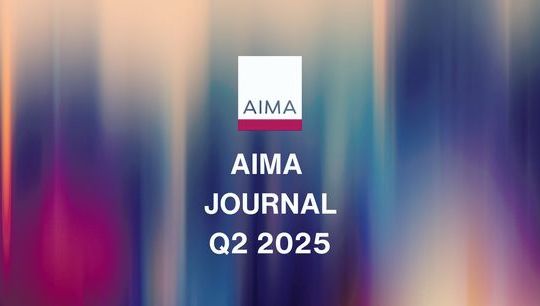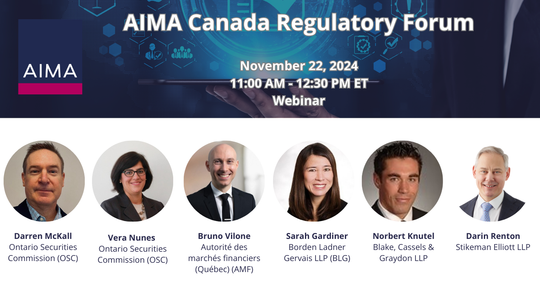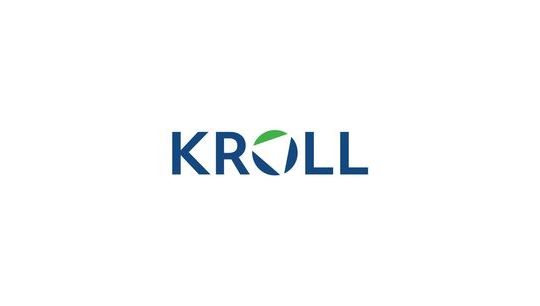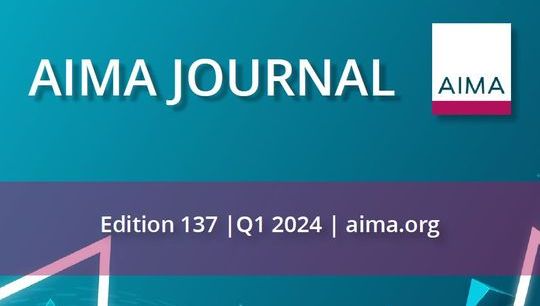Small hedge funds complement large ones
By Michael Weinberg, Senior Managing Director, Chief Investment Strategist, Protégé Partners
Published: 30 June 2015
What is the next step for institutional investors who have already embraced investing in established large hedge fund managers? What are the benefits of embracing smaller emerging hedge fund managers?
Small manager funds are an institution’s next step in hedge fund investing
Institutional investors have mostly disintermediated the large manager–focused fund of funds to go direct. The rationale is that they no longer need the largest funds of funds to find the largest hedge fund managers. This is sensible, cost effective, and true. As the large established hedge fund world has matured and become relatively more efficient, the value of paying a specialist an additional layer of fees is far diminished and the cost is far higher, both relatively and absolutely.
Although returns have compressed dramatically for the largest hedge funds, the dispersion of returns has remained wider among the smaller managers, allowing for a potentially greater value proposition in allocating to these smaller funds.[1]
In this article, my contentions are twofold:
- Institutional investors that have successfully allocated to large established managers now need small managers to achieve true diversification.
- The optimal way to achieve this small manager diversification is through small manager–focused solutions providers in order to complement institutional investors' large manager direct allocations.
Institutional investors such as pension plans (both corporate and public) plans, endowments and foundations, and sovereign wealth plans can be scarcely resourced. At the end of the day, they are divisions of organisations (or even governments) with other organisational goals far broader than more narrowly focused investment organizations. They are also unlike investment firms in that these divisions are often cost centres rather than profit centres.
Institutions are not sufficiently resourced to evaluate all opportunities
Between 2007 and 2014, institutional investors went from an average allocation of $500 million in two to three funds of funds to an average allocation of $2 billion to $3 billion directly to 10–25 hedge funds, having disintermediated the largest funds of funds focused on large, established managers.[2]
Although it is relatively easy for one of these institutional investors to invest in one of the 367 largest hedge funds, defined as having assets of more than $1 billion, it is almost impossible to have the resources to evaluate the other 7,500 smaller hedge funds, with assets less than $1 billion. For perspective, this implies that 95% of the hedge funds by number have only 13% of the assets. This raises the question that if we agree that the largest established hedge funds are generally superior investments at least to long-only investments, why would one want to complement these with smaller emerging hedge fund managers?
Larger hedge funds have constrained opportunity sets
The answer to that question is as follows. Although there is a minority of hedge funds that launch with large assets under management, this is the exception. Most hedge funds start with small assets under management. Funds that post outsized returns are more likely to be successful at asset raising, which, in turn, results in the funds becoming large. When hedge funds are small, they are able to invest in securities that larger funds may be precluded from investing in.
For example, when I was a portfolio manager at one of the world’s largest hedge funds, the goal was to find at least 1% positions (but, ideally, 2%–4% positions). On an asset base of $25 billion, that would imply $250 million for a 1% position and $1 billion for a 4% position. Now, let’s look at a $1 billion market cap company with a 100% float; it's not a realistic assumption, but for simplicity, let’s assume that is the case. That would imply 25%–100% of the company.
Never mind the fact that when a hedge fund holds a 5% position, or only $50 million of a $1 billion company, it would have to file an SEC Schedule 13D, and when it holds a 10% position, it is subject to more stringent regulatory laws, which are restrictive and often undesirable. For a $250 million position to be only 5% of a company, in which holding such a position would still require filing a 13D, the market cap of the company would have to be $5 billion.
This eliminates micro, small, and part of the mid-cap universe from a large hedge fund's opportunity set. In fact, when we looked at the Goldman Sachs VIP List in the first quarter of 2015, the median market capitalisation of the top 50 hedge fund holdings is $44 billion, compared with $17 billion for the S&P 500 Index. Historically, academic studies have found a correlation between market capitalisation, analyst coverage, and market efficiency.
Small managers provide access to more opportunity sets
The least-followed securities, which are historically the least covered and most inefficient and which often result in higher returns and potentially outsized track records for small hedge funds, are no longer able to be part of the opportunity set for larger, established hedge funds. In addition, these relatively smaller market capitalisation securities, including portfolios of them, are often more uncorrelated or at least less correlated and, therefore, also confer diversification benefits to portfolios of larger, more established hedge funds.
Similarly, as a long-only investor, one is typically focused on investing across market capitalisations and styles, which is sensible. For example, one might want an allocation to growth, value, small-, mid-, and large-capitalisation securities, often in line with index or market weightings. I believe this analog holds for hedge fund investments, which are merely a different structure (i.e., in many cases limited partnerships with the ability to short in addition to going long), and would expect such investors to want a similar allocation across the market capitalisation spectrum. This is another reason that small managers complement large managers.
Small managers provide access to capacity-constrained opportunities
Smaller managers may also exploit opportunity sets that may be capacity constrained. For example, last year, we researched a manager with $100 million of assets under management that invests in exchange-traded fund (ETF) arbitrage, although not large ETFs, such as those tracking the S&P 500. The manager estimated $250 million of capacity at which it can effectively implement the strategy at high rates of return. This is a good example in that to exploit this market inefficiency, the manager must stay small and disciplined in terms of assets.
Let’s look at this in the context of the $25 billion hedge fund alluded to earlier. That would leave the entire ETF arbitrage strategy as a 1% position in such a larger fund. It is neither practical nor desirable to have a team of portfolio managers that is not scalable to only run 1% of assets. This is why a small manager, such as this ETF arbitrage example or a portfolio of them, complements larger managers.
Finally, small managers may focus on inefficiencies in highly specialised sectors and regions. For example, for the past year we have researched a $500m equity long–short manager that is focused on the burgeoning Southeast Asian consumer, excluding the heavily followed greater China region. The manager is capacity constrained because of the smaller capitalisation and relative illiquidity of its respective markets (i.e., the Philippines, Thailand, Malaysia, and Indonesia) and is able to exploit the commensurate inefficiencies in these markets that are often under-followed by the sell side and buy side.
These additional opportunities may expand an institution’s efficient frontiers
In summary, I tip my hat to institutional investors that have learned to appreciate the importance of investing in hedge funds that generate returns from alpha, rather than beta, and unlike long-only strategies, are not dependent on rising markets to generate returns. Institutional investors have generally accomplished this through investments in the largest established hedge fund managers.
However, I believe the next step in the evolution of these investors is to complement these hedge fund allocations with small managers who are sector or regional specialists and in many cases can invest in capacity-constrained strategies. Small managers complement large managers because they are inherently focused on a different opportunity set of securities. There are potential diversification, correlation, and return benefits that enable institutional investors to improve their efficient frontier (i.e., higher return with similar risk or similar return with less risk). I believe the best way to achieve these benefits is to allocate to small manager solutions providers that are best resourced to extract the alpha from this opportunity set.
[email protected]
www.protegepartners.com
[1] Preqin, "Hedge Fund Spotlight," monthly report (May 2013); David Swensen, "Pioneering Portfolio Management: An Unconventional Approach to Institutional Investment," AllAboutAlpha (18 February 2013): http://allaboutalpha.com/blog/2013/02/18/smaller-hedge-fund-managers-outperform-a-study-of-nearly-3000-equity-longshort-hedge-funds.
[2] Preqin, "2013 Preqin Global Hedge Fund Report."
________________________________________
All posts are the opinion of the author. As such, they should not be construed as investment advice, nor do the opinions expressed necessarily reflect the views of AIMA or the author’s employer.








